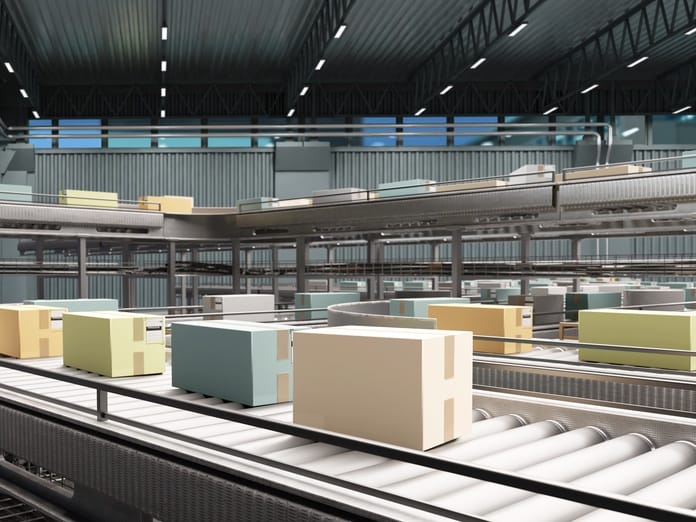Vaccine distribution represents one of the most complex logistical challenges in modern healthcare. Manufacturers face the enormous responsibility of getting life-saving vaccines from production facilities to healthcare providers while maintaining safety, efficacy, and regulatory compliance. This process requires meticulous planning, advanced technology, and strict adherence to protocols that protect public health.
The stakes couldn’t be higher—a single misstep in the distribution chain can compromise vaccine effectiveness and put lives at risk. Understanding how manufacturers navigate these challenges reveals the sophisticated systems that keep communities healthy and protected. Here’s how manufacturers safely distribute vaccines.
Maintaining Cold Chain Integrity
Temperature control forms the backbone of successful vaccine distribution. Manufacturers implement rigorous cold chain protocols that monitor temperatures from the moment vaccines leave production facilities until they reach their final destination. Most vaccines require storage between 2°C and 8°C, while some newer vaccines need ultra-cold storage at -70°C or lower.
Advanced refrigeration systems, backup power sources, and continuous monitoring devices work together to prevent temperature excursions. When temperatures deviate from acceptable ranges, automated alerts notify distribution teams promptly, allowing rapid corrective action.
Implementing Specialized Packaging Solutions
Thermal packaging plays a crucial role in vaccine distribution, protecting products during transport and storage. Manufacturers select packaging materials based on specific vaccine requirements, the duration of the journey, and environmental conditions. Phase-change materials, insulated containers, and temperature monitoring devices create protective barriers against external temperature fluctuations.
Packaging engineers conduct extensive testing to validate thermal performance under various shipping scenarios. This testing includes exposure to extreme temperatures, humidity, and handling conditions that vaccines might encounter during real-world distribution.
Meeting Stringent Regulatory Standards
Regulatory compliance governs every aspect of vaccine distribution and administration. Manufacturers collaborate closely with agencies such as the FDA, CDC, and international regulatory bodies to meet stringent requirements for storage, handling, and transportation. These regulations cover everything from facility certifications to personnel training requirements.
Documentation requirements are extensive, with manufacturers maintaining detailed records of temperature logs, chain of custody forms, and quality control data. Regular inspections and audits verify compliance, and any deviations require immediate investigation and corrective action.
Coordinating Multi-Level Distribution Networks
Successful vaccine distribution requires seamless coordination between manufacturers, distributors, healthcare providers, and government agencies. Manufacturers establish distribution networks that can rapidly scale up during public health emergencies while maintaining consistent quality standards.
Communication systems connect all stakeholders, providing real-time updates on inventory levels, delivery schedules, and potential disruptions. This coordination becomes especially critical during vaccine campaigns when demand surges and timing is essential.
Leveraging Advanced Tracking Technology
Modern vaccine distribution relies heavily on technology for monitoring and tracking. GPS tracking systems, IoT sensors, and blockchain technology provide end-to-end visibility throughout the distribution chain. These systems generate real-time data on location, temperature, and handling conditions.
Data analytics enable manufacturers to optimize routes, predict potential issues, and enhance overall distribution efficiency. Machine learning algorithms can identify patterns that might indicate problems before they impact vaccine quality or availability.
Manufacturers who master these distribution challenges position themselves as trusted partners in global health initiatives. Companies looking to optimize their vaccine distribution strategies should consider partnering with experienced logistics providers who understand the unique requirements of pharmaceutical cold chain management.







